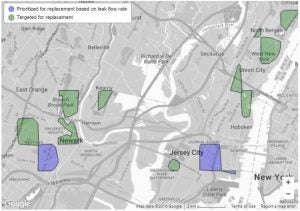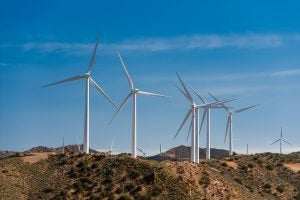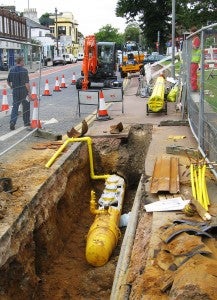 The New York Public Service Commission recently approved plans by National Grid, the largest distributor of natural gas in the Northeast, to use advanced leak detection and quantification technologies developed by EDF and Google Earth Outreach in order to maximize the environmental and ratepayer benefits of a three-year, $3 billion capital investment program. This program includes plans to replace 585 miles of old, leak-prone pipes on the company’s systems in Long Island and parts of New York City.
The New York Public Service Commission recently approved plans by National Grid, the largest distributor of natural gas in the Northeast, to use advanced leak detection and quantification technologies developed by EDF and Google Earth Outreach in order to maximize the environmental and ratepayer benefits of a three-year, $3 billion capital investment program. This program includes plans to replace 585 miles of old, leak-prone pipes on the company’s systems in Long Island and parts of New York City.
The Commission’s December 16 order marks a major step forward in EDF’s efforts to accelerate the diffusion of environmentally beneficial technologies – in this case cutting edge methane emission measurement tools – by natural gas utilities. Read More











 The Los Angeles City Council recently passed a unanimous
The Los Angeles City Council recently passed a unanimous 
